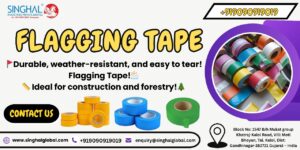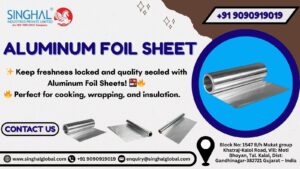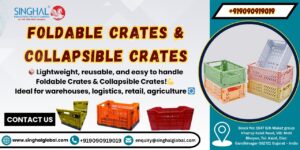When it comes to railway level crossings, choosing the right geotextile is essential for ensuring safety and durability. Two common options are woven and non-woven geotextiles, each with their own unique characteristics and benefits. In this article, we’ll compare the two types to help you make an informed decision for your project.
What are geotextiles and why are they important for railway level crossings?
Geotextiles are permeable fabrics that are used in construction projects to improve soil stability, filtration, and drainage. In railway level crossings, geotextiles are used to separate the ballast from the subgrade, preventing contamination and ensuring proper drainage. They also help to distribute the load of passing trains, reducing the risk of track deformation and other safety hazards. Choosing the right geotextile is crucial for ensuring the long-term durability and safety of the railway crossing.
What are the differences between woven and non-woven geotextiles?
Woven geotextiles are made by weaving together individual threads or yarns, creating a strong and durable fabric. Non-woven geotextiles, on the other hand, are made by bonding together fibers using heat, pressure, or chemicals. While both types of geotextiles have their advantages, woven geotextiles are generally stronger and more resistant to tearing and puncturing. Non-woven geotextiles, however, are more flexible and better at filtering out fine particles. When choosing a geotextile for railway level crossings, it’s important to consider the specific needs of the project and choose the type that will provide the best performance and longevity.
Which geotextile is best for railway level crossings and why?
When it comes to railway level crossings, woven geotextiles are generally the better choice due to their strength and durability. These geotextiles can withstand heavy loads and resist tearing and puncturing, making them ideal for use in areas with high traffic volume. Additionally, woven geotextiles provide excellent stabilization and reinforcement, helping to prevent soil erosion and maintain the integrity of the crossing. While non-woven geotextiles may be more flexible and better at filtering out fine particles, they may not be able to withstand the demands of a railway level crossing. Ultimately, the choice between woven and non-woven geotextiles will depend on the specific needs of the project and the conditions of the site.
Factors to consider when choosing a geotextile for railway level crossings.
When choosing a geotextile for railway level crossings, there are several factors to consider. These include the traffic volume and weight of vehicles that will be crossing the area, the soil conditions and stability of the site, and the potential for erosion and sediment buildup. It’s also important to consider the lifespan of the geotextile and its ability to withstand environmental factors such as UV exposure and temperature changes. By taking these factors into account, you can make an informed decision about whether a woven or non-woven geotextile is the best choice for your railway level crossing project.
Installation and maintenance tips for geotextiles in railway level crossings.
Once you have chosen the right geotextile for your railway level crossing project, it’s important to ensure proper installation and maintenance. This includes preparing the site by removing any debris or vegetation, ensuring proper drainage, and compacting the soil. During installation, it’s important to follow manufacturer guidelines and ensure the geotextile is properly secured and overlapped. Regular maintenance should include inspections for damage or wear, as well as cleaning to prevent sediment buildup. By following these tips, you can ensure the longevity and effectiveness of your geotextile in railway level crossings.
One Can Find Related Products Links Below
| Product Title | URL |
| Geo Bags or Geotextile Bags | http://singhalglobal.com/products/geo-bags-geo-textile-bags |
| Biaxial Geogrid | http://singhalglobal.com/products/biaxial-geogrid |
| Sand Bags for Flooding Control | http://singhalglobal.com/blog/sand-bags-price |
| Geocell for Construction Use | http://singhalglobal.com/products/geocell |
| PP fibrillated Yarn | http://singhalglobal.com/products/pp-fibrillated-yarn |
| Geomembrane Sheet | http://singhalglobal.com/products/geomembrane-sheet |
| Uniaxial Geogrid | http://singhalglobal.com/products/uniaxial-geogrid |
| Geotextile Fabric | http://singhalglobal.com/products/geotextile-fabric |
| Geo Products | http://singhalglobal.com/product/geo-products |
| Geonet Geo Fabric | http://singhalglobal.com/products/geonet-geo-fabric |
| Drainage Cell | http://singhalglobal.com/products/drainage-cell |
| Geogrid Products | http://singhalglobal.com/product/geogrid-products |
| Container Liners | http://singhalglobal.com/products/container-liners |








